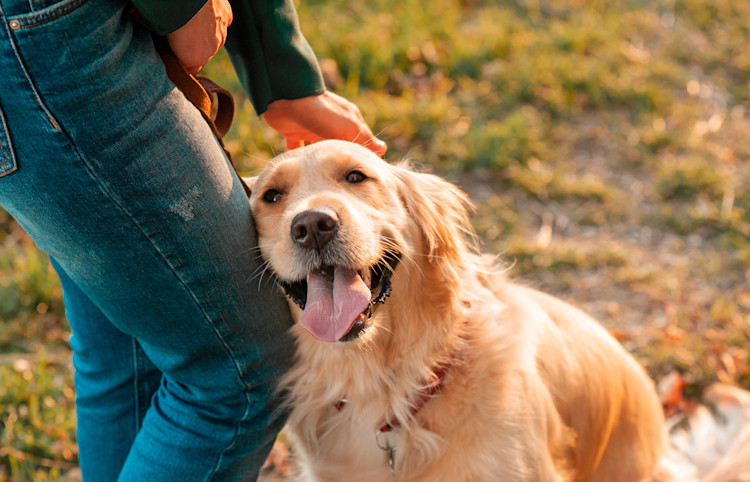
Dog Obedience Classes for Blind Dogs: A Guide for Owners
Share
In the world of pet ownership, every dog deserves a life full of happiness and health. When it comes to blind dogs, their care and training require special attention. Enter the world of dog obedience classes for blind dogs, a resourceful approach designed specifically for canines that can't rely on their sight but thrive in every other sense. Understanding how to train a blind dog can drastically improve their quality of life and your bond with them.
Just like their seeing counterparts, blind dogs need routine, discipline, and plenty of affection to lead fulfilling lives. However, health-conscious pet owners often find themselves struggling at first, unsure where to begin. Here's how dog obedience classes can be a game-changer.

The Unique Needs of Blind Dogs
Blind dogs have the same yearning for interaction and play as any other canine. However, lacking vision, they rely more on their other senses and their human companions to navigate the world. A professional obedience class tailored for these special pups capitalizes on their sense of smell, hearing, and touch. Expert trainers in these classes apply specialized techniques that ensure your blind dog not only listens but can 'see' the world with its other senses.
What to Expect in Dog Obedience Classes for Blind Dogs
Dog obedience classes offer an environment where your blind dog can engage and learn skills that promote safety and independence. From basic commands to advanced tasks, these classes equip both you and your dog with essential communication tools.
1. Emphasis on Vocal Cues
Training blind dogs leans heavily on vocal commands. This involves using consistent and clear words along with tone variations to guide your dog. Trainers will show you how to pair verbal commands with tactile signals to increase understanding.
2. Using Scent Cues
Since blind dogs depend largely on their noses, trainers often use scent cues to teach navigation and recognition tasks. For instance, you may learn to associate certain scents with feeding areas or their favorite toys.
3. Tactile Training Techniques
Touch and physical guidance are crucial elements in training blind pets. Trainers might show you how to apply gentle physical prompts, encouraging your dog to follow certain paths or perform actions without needing to see.
Why Enroll in Dog Obedience Classes for Blind Dogs?
For many pet owners, the idea of professional training may seem unnecessary at first, yet the advantages are significant. Classes designed specifically for blind dogs can prevent a myriad of behavioral issues, ensuring that your beloved friend is well-adjusted, confident, and happy. Here's a [link](https://petzooli.com/blogs/all-our-posts/dog-barking-at-noises) on reducing noise-induced anxiety in dogs which may help you provide a serene environment.
Success Stories: Transformed Lives
Many have seen miraculous improvements in their newly trained pets. Take Lucy, a blind German Shepherd rescue, whose owners opted for obedience training after adopting her. Alongside an expert's guidance, Lucy now navigates through her home with ease, uses commands to find her food and shows immense affection to her family, proving how transformative these classes can be.

FAQs on Dog Obedience Classes for Blind Dogs
1. Are obedience classes really necessary for blind dogs?
Yes, they are crucial in understanding your pet's unique needs and building a safe, communicative environment for them.
2. How can training be tailored for blind dogs?
Trainers use vocal, tactile, and scent cues to compensate for the loss of sight, focusing on enhancing other senses.
3. What age should a blind dog start training?
As soon as possible! Early training helps in immediate adaptation and better lifelong habits. Heres a helpful read on when to start training your dog.
This article contains affiliate links. We may earn a commission at no extra cost to you.
